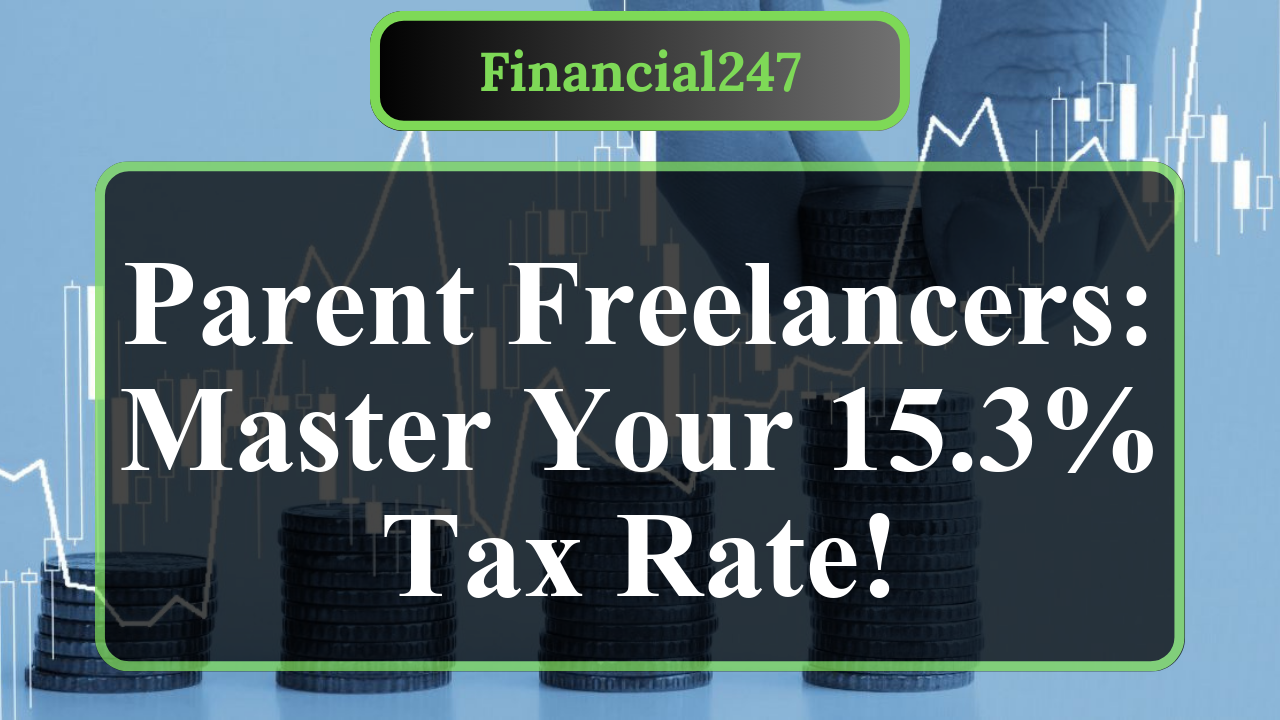The self-employment tax rate for parent freelancers in the USA is 15.3%, covering Social Security (12.4%) and Medicare (2.9%). For 2025, Social Security tax applies to the first $176,100 of net earnings, with an additional 0.9% Medicare tax for high earners. Deductions like half the self-employment tax and business expenses can reduce tax liability.
Understanding Self-Employment Tax for Parent Freelancers
Parent freelancers in the USA, balancing childcare and work-from-home businesses, face unique financial challenges, including navigating self-employment tax. This tax, often called SE tax, applies to individuals running their own businesses, such as freelance writers, graphic designers, or consultants. For parents, managing this tax is critical to maintaining financial stability while juggling family responsibilities.
The self-employment tax rate is 15.3%, comprising two components: 12.4% for Social Security and 2.9% for Medicare. Unlike employees, whose employers cover half of these taxes (7.65%), freelancers pay the full amount because they are considered both employer and employee by the IRS. For 2025, the Social Security portion applies only to the first $176,100 of net earnings, while the Medicare portion applies to all net earnings without a cap. High earners—single filers with net earnings over $200,000 or joint filers over $250,000—face an additional 0.9% Medicare surtax, bringing the total Medicare tax to 3.8% on income above these thresholds.
Net earnings are calculated by subtracting business expenses from gross income, with 92.35% of this amount subject to SE tax. For example, a parent freelancer earning $50,000 after $10,000 in expenses would have $40,000 in net earnings. Multiplying $40,000 by 92.35% gives $36,940, which is taxed at 15.3%, resulting in an SE tax of approximately $5,652. Parent freelancers can deduct half of this SE tax (about $2,826 in this case) when calculating adjusted gross income, reducing their income tax liability but not the SE tax itself.
Parent freelancers must file Schedule SE (Form 1040) if net earnings from self-employment exceed $400. They also report business income and expenses on Schedule C. Common deductions include home office expenses (if the space is exclusively for business), internet and phone bills, equipment, and mileage for work-related travel. For parents, expenses like childcare may not be deductible unless directly tied to business activities, so consulting a tax professional is advisable.
Quarterly estimated tax payments are required if a freelancer expects to owe $1,000 or more in taxes annually. These payments, due April 15, June 15, September 15, and January 15, cover both SE tax and income tax. Parent freelancers can estimate income using Form 1040-ES, adjusting for fluctuating earnings common in freelance work. Setting aside 25–30% of income for taxes helps avoid surprises, especially for parents managing tight budgets.
Structuring a business as an LLC or S-corporation may offer tax advantages, such as paying a salary subject to payroll taxes and distributing profits as dividends, which are not subject to SE tax. However, these structures involve additional administrative costs and complexity, which may not suit all parent freelancers. Contributing to retirement plans like a SEP IRA or Solo 401(k) can also reduce taxable income, providing long-term savings benefits.
Disclaimer: This article is for informational purposes only and does not constitute legal or financial advice. Consult a tax professional for guidance specific to your situation. Information is sourced from the IRS, tax publications, and financial planning resources.



